Recently Viewed Products
Owl. Pyrography
'Drawing with Fire' - The art of Pyrography dates back to the 17th century and became more popular in the 19th century in a crude form of pokerwork. As time progressed, the 19th century saw an even bigger curiosity for the art, and in the 20th century, the electric pyrography hot wire wood etching machine further automated the process.These wood burning art are done on 6 inch x 6 inch boards with gold flakes and papers. The product is framed for buyers convenience by the artist himself.Caption: Owl. Pyrography on Board. Artist - Suman ChoudhuryMaterial : BoardFrame : YesMedia: Wood BurningSize : 6 inch x 6 inch--------------------------------------------Note: Due to studio light effects the color shades may differ at a very minimal range. There will be no absolute change of colors in the original artwork as seen here. Also the binding mount of the artwork is absolute white with a dark brown wooden frame with wall hanging options.
Goddess Kali. Mukha-Dinajpur
Sita Haran
The famous scene of abduction of Seeta by Ravana, as depicted in Ramayana, is painted here in this piece of art by Bahadur Chitrakar. The giant bird Jatayu came to rescue Seeta but could not succeed as he got wounded by Ravana’s sword. Such stories of the Hindu epics make for the subjects of many of these art pieces by the Pata Shilpis. It’s quite an old piece of art and is a heritage of Bengal’s culture.
Babu Bibi
A couple gets intimate and romantic while spending time together. As a part of a story telling about the regular, day to day life, this piece of art makes for a sweet romantic tale. Such paintings, accompanied by songs, in olden days of no television serials, would serve the purpose of entertainment to the village women. They would listen to the stories sung by the Pata Shilpis and laugh and cry, and become one with the characters. This one is done by a young artist Rajesh Chitrakar.
Tribal Story
The location of these Patachitra Shilpi or artists falls in a place, popularly known as Jangal Mahal in West Bengal. The area is home to a number of indigenous tribes like Santhals, Vills, Mundas. The paintings, for obvious reasons, depict the tribal culture. One such example by Nazra Chitrakar, who learnt the art from her older generations and is now passing it on to her successors. The artwork showcase a dance performance by the young tribal boys and girls.
Lord Hanuman. Mukha-Dinajpur
Letterbox – Door Hanging
'Drawing with Fire' - The art of Pyrography dates back to the 17th century and became more popular in the 19th century in a crude form of pokerwork. As time progressed, the 19th century saw an even bigger curiosity for the art, and in the 20th century, the electric pyrography hot wire wood etching machine further automated the process.These wood burning art are done on 6 inch x 6 inch boards with gold flakes and papers. The product is framed for buyers convenience by the artist himself.Caption: Letterbox - Door Hanging. Pyrography on Board. Artist - Suman ChoudhuryMaterial : Wooden LetterboxFrame : NoMedia: Wood BurningSize : Standard Letterbox--------------------------------------------Note: Due to studio light effects the color shades may differ at a very minimal range. There will be no absolute change of colors in the original artwork as seen here. Door / Wall hanging options.
Kartik – Indian God
The Patachitra of Pingla generally depicts the stories of Hindu mythology. In this artwork we can see the Hindu God Kartik with his peacock, done by Suman Chitrakar. The colours used in these artworks are all derived from natural elements; for example green is made from leaves, yellow from turmeric, etc.
Manasa Mangal
This painting, by Bahadur Chitrakar, is a scene from the Manasa Mangal, also known as Padmapuran, a folk lore based on Hindu mythology. The deity of snakes, Devi Manasa is one of the protagonists of the story who compels Chand Saudagar, a rich businessman, to worship her by hook or crook. Chand was a worshipper of Shiva and he would never want to pay homage to Manasa. To fulfil her desire, Manasa sends her snakes to bite Chand’s son Lakhindar to death. Behula, the wife of Lakhindar, takes all the pain to make piece between Manasa and Chand, and subsequently gets back her husband to life.

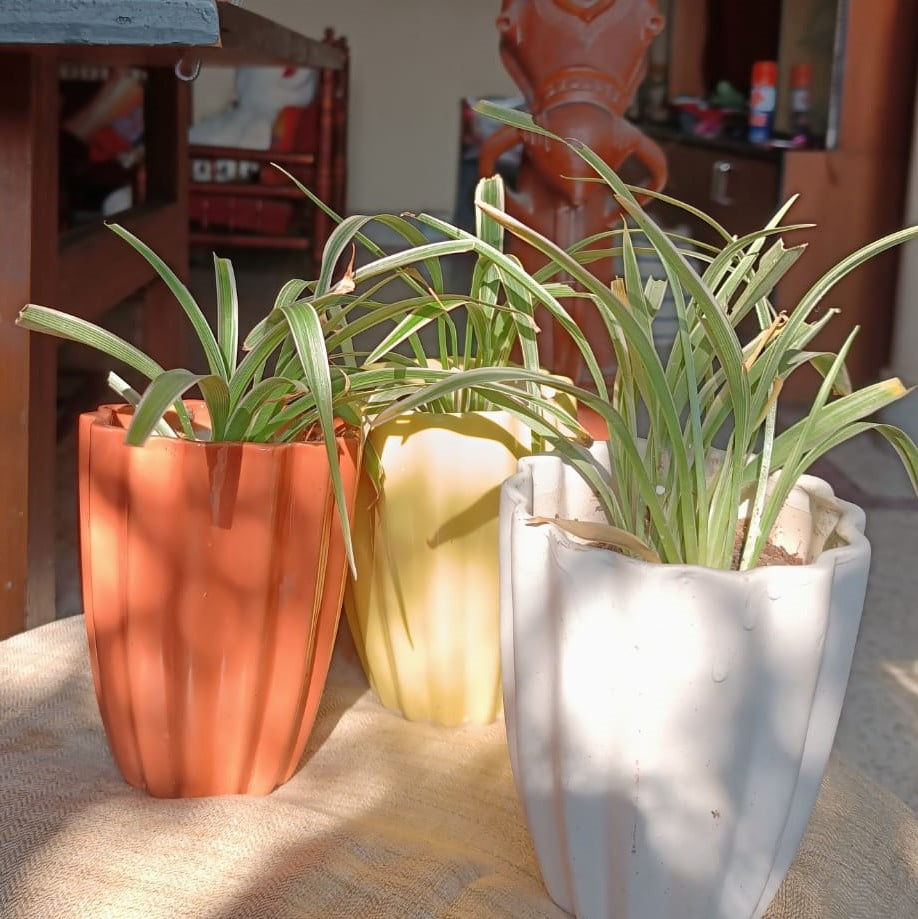
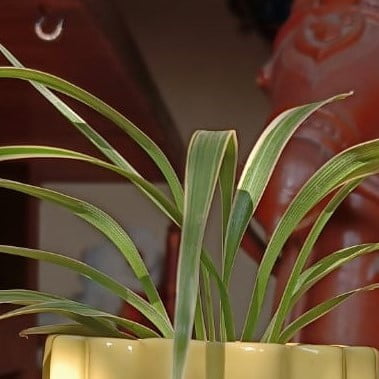







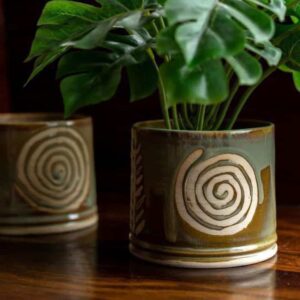


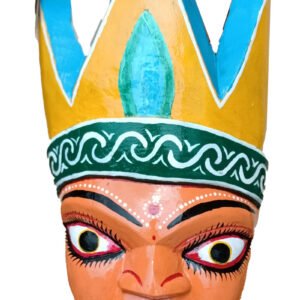
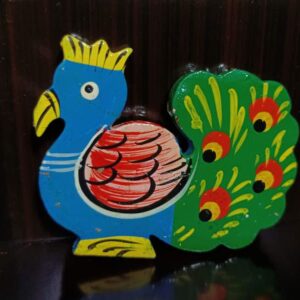
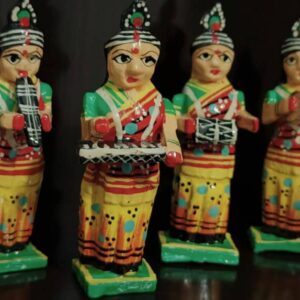
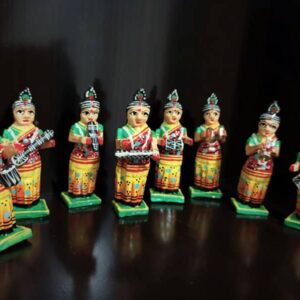
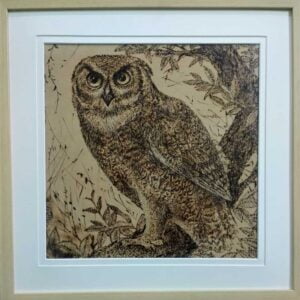



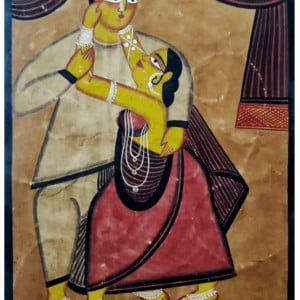
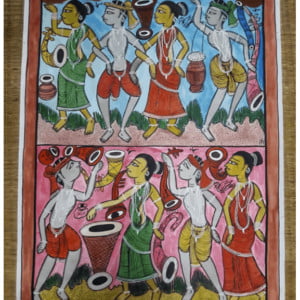
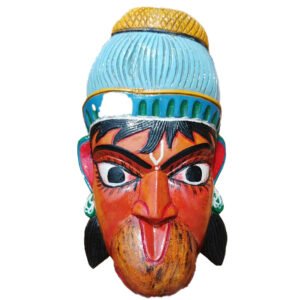
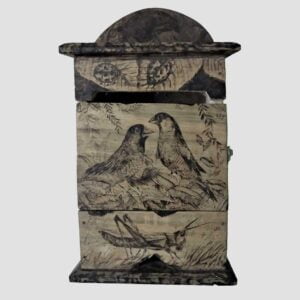
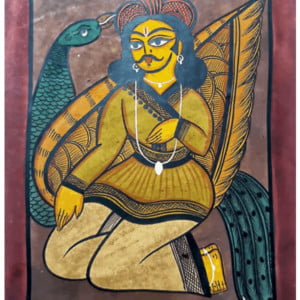

Reviews
There are no reviews yet.